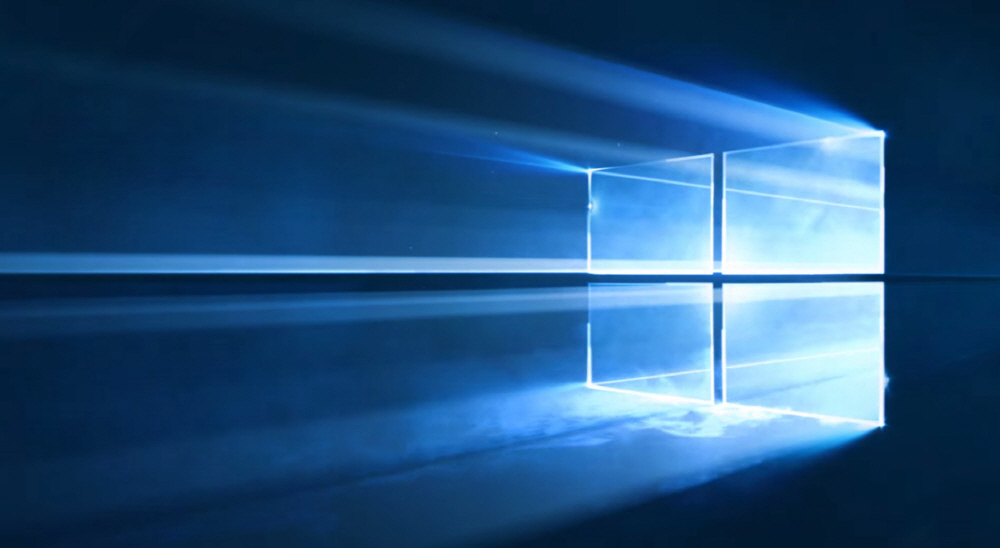
Windows 10 is currently divided into two types: a 32-bit version and a 64-bit version. Most of them use the 64-bit version, which is more efficient in handling large amounts of memory, but some users who have upgraded older PC operating systems use the 32-bit version.
In a document containing the highest requirements for an update to be released in May (Windows 10 May 2020 Update Ver.2004), Microsoft announced that the new Windows 10 systems will use the 64-bit version and will retire the distribution of the 32-bit version for OEMs. In other words, all new manufacturer-supplied Windows are preinstalled with 64-bit Windows 10.
Of course, this doesn’t mean that support for the 32-bit version of Windows 10 will stop right away. Updates and security patches will continue to be provided to anyone currently running the 32-bit version of Windows 10.
Users who are contemplating buying a new PC do not need to worry about this policy. Most of the new PCs already on sale have a 64-bit version. There is no reason to choose the 32-bit version, which deliberately limits the amount of RAM to use at 3.2GB.
However, there may be cases where a 32-bit version is required to support special hardware device drivers such as industrial computers. Some companies that supply such computers will continue to provide a 32-bit version for Windows 10 that is not an OEM version, so if the hardware cannot be updated, it will be necessary to respond to Windows 10 rather than the OEM version. Related information can be found here .

